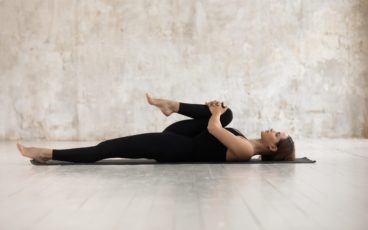Techniques to Increase Core Stability: The Plank
By Emily Sluis, PT, DPT, ATC
Core stability and core strength are terms that are often used interchangeably when speaking about training the trunk musculature, whether in a rehab or performance setting. Training for these two disciplines is actually very different. Training for core stability requires resisting motion at the lumbar spine, while training for core strength allows for motions to occur through the lumbar spine in an attempt to work the abdominal musculature (often in an isolated fashion). We discussed in previous newsletters that the plank, which is a core stability exercise, is a superior exercise to the popularized crunch exercise, which is a core strengthening exercise.
Now that we have established that the plank is a superior core exercise to the crunch for daily function, it’s time to review proper form and technique for the plank.
A proper plank requires the patient or athlete to fully align the spine in a neutral position, stabilize that position using the core, and maintain it. The patient or athlete must squeeze the glutes, flex the quads, and brace the core all at the same time. Planks should work everything between the shoulders and the knees!
Planking Correctly: Common Planking Form Issues
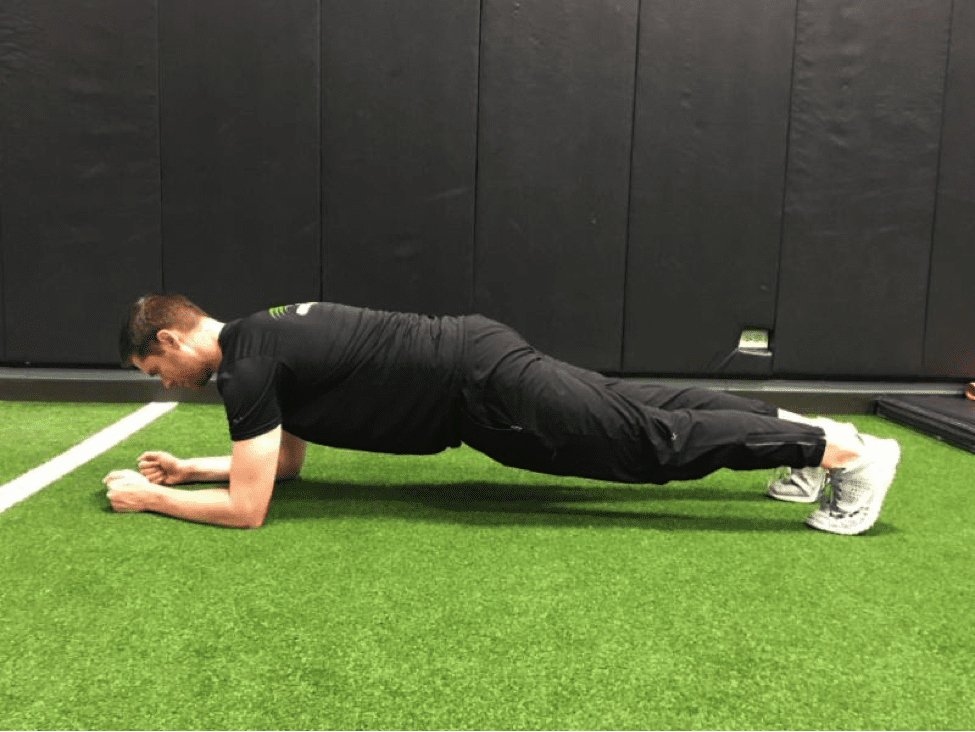
By planking correctly, the stabilization neural recruitment pattern can carry over to other daily movements and exercises. This will make the exercise much more functional for maintaining neutral spine during daily activities! For example, a basic push up is a moving plank. The push up just recruits a few more major muscle groups from the upper extremity, like the pecs, the anterior deltoids, and the triceps.
Here are a few common planking form issues that you can visibly correct:
Low Back Arch
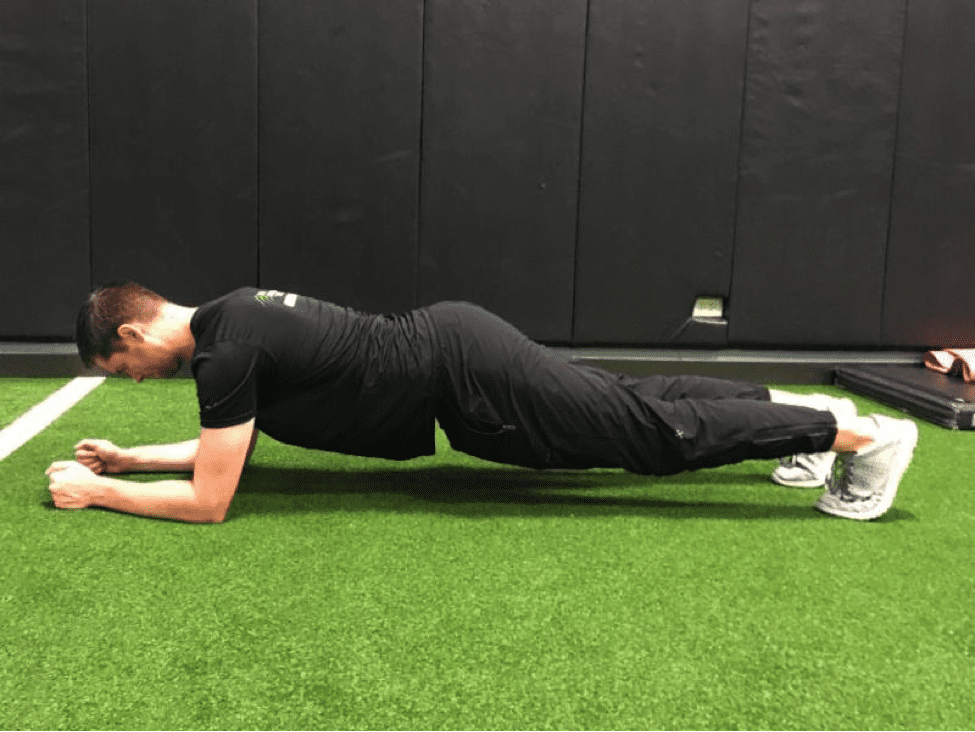
When your abdominal and arm muscles start to fatigue, it’s likely that the hips will begin to sink due to the effects of gravity. This “sag” in the low back will compress the lower vertebrae and many times will cause a sore lower back. Additionally, by continuously training with this poor form, you will create poor neural recruitment patterns that often will carry over into everyday movements. This means that the body will automatically fire the wrong muscles at the wrong times, possibly with everything you do, leading to chronic pain and even injury!
How to fix it: Keep your hips raised by tucking your buttocks in a little and squeezing your glutes. Also, take deep breaths as you engage your abdominal muscles.
Mid Back Arch or “Turtle Back”
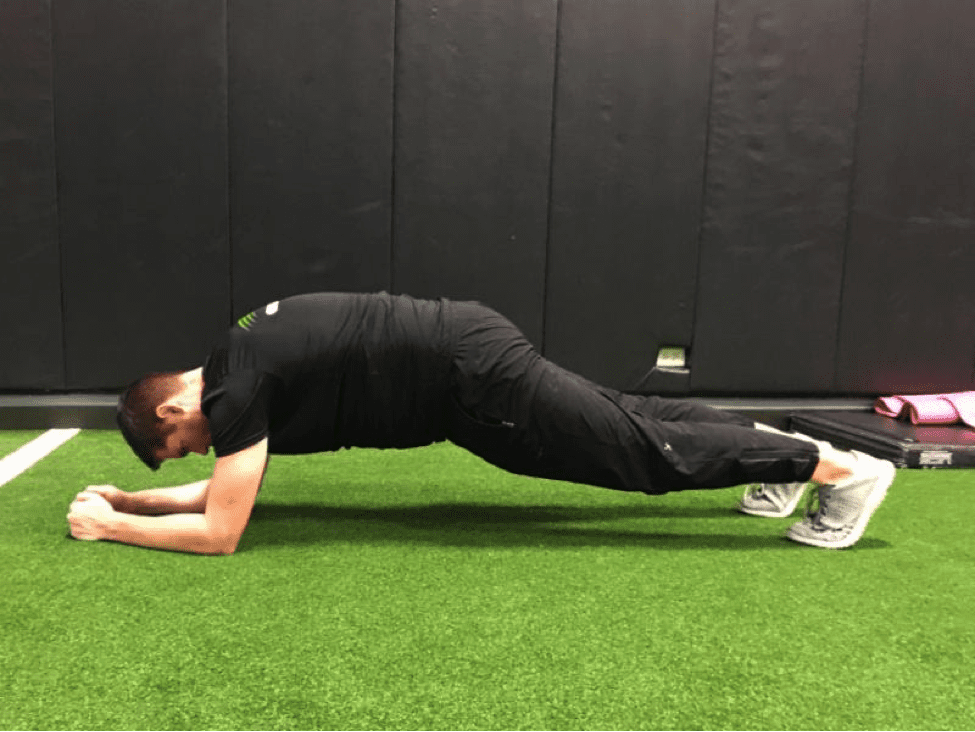
This type of arching is the body attempting to use the upper back and shoulder muscles instead of the proper core and abdominal muscles. If the abdominals aren’t engaged, the arms will tire out from supporting the majority of your bodyweight. When that happens, the first inclination is to arch the back, which puts undue pressure on the spine.
How to fix it: Ensure that the shoulders are depressed and stabilized properly. By broadening the shoulders, the weight will be taken off the upper back, and the core muscles will need to engage properly.
Neck Reach, Looking Straight Ahead, or Looking Up
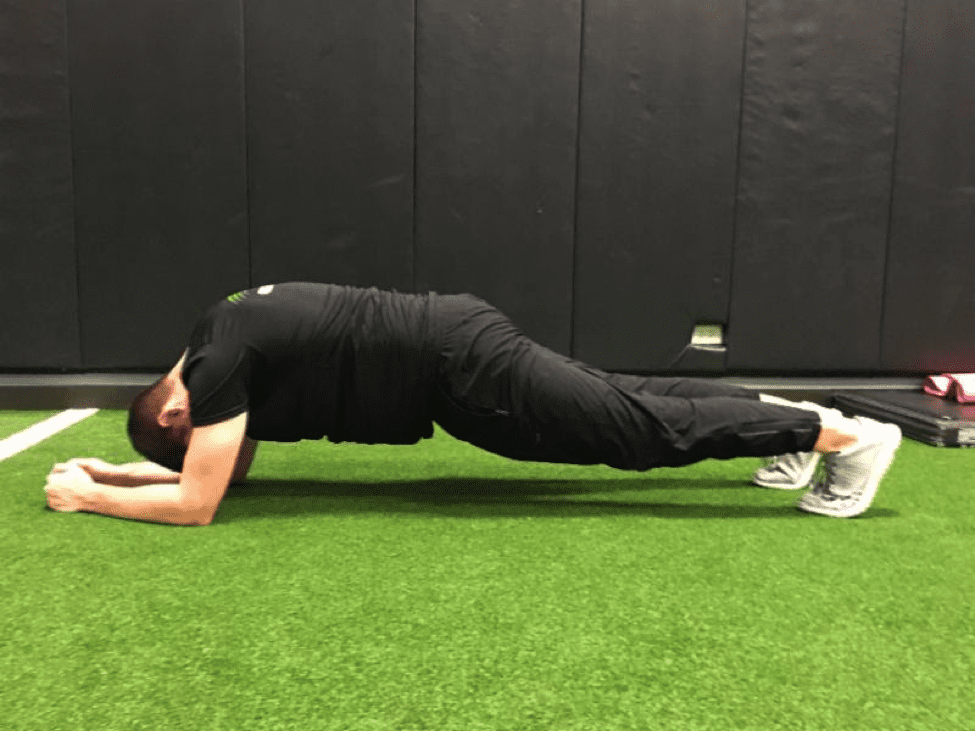
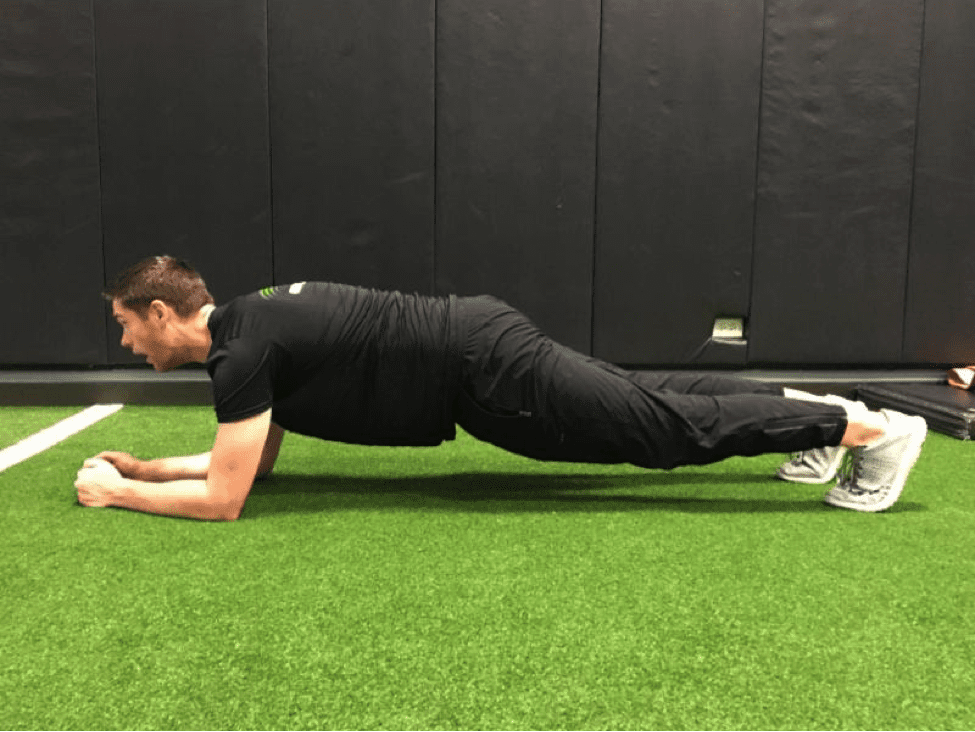
This is usually the first visible sign that someone is struggling with a plank and push up. By completing this poor movement pattern, the upper traps and neck muscles will be strained. Another common mistake is cranking your head too far back, looking up at the ceiling, or looking straight ahead. This can put unnecessary strain on your neck.
How to fix it: Keep your eyes looking down at the floor or mat so your head and neck are in alignment with the rest of your body. It is also recommended that you draw your chin in towards you, which promotes proper cervical retraction.
Butt in the Air
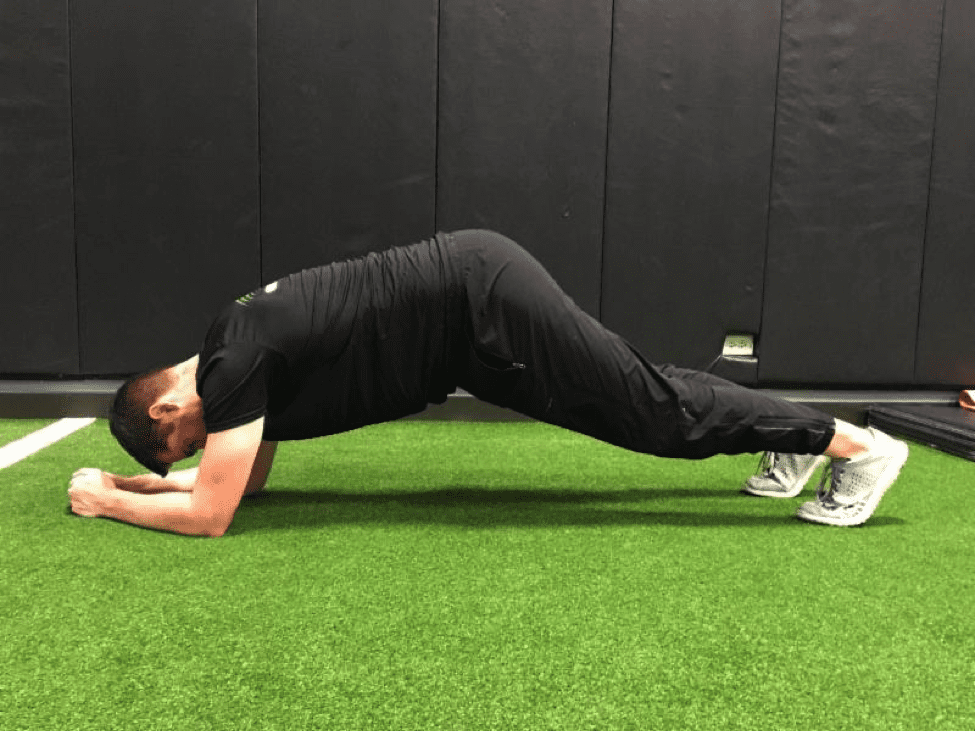
This compensation can put excess stress on shoulders by over-utilizing the traps and neck. The patient or athlete is not engaging their hips and glutes, which inhibits abdominal and core activation.
How to fix it: Lower your hips and engage your glutes, focusing on feeling your core working. In this case, using a dowel rod along the length of your spine might help you correct this issue.
Making the Most of Your Plank
Now that we know the benefits of and how to properly execute a plank, it should be noted that exercisers have placed a premium on their ability to hold the plank – the longer, the better. As one-minute planks give way to three-minute planks, and three-minute planks evolve into ten-minute planks, marathon plank-holding has become a competition in and of itself. Being able to hold a traditional plank for 10 minutes doesn’t translate function. To maximize the move’s payoff, you have to get things moving. Once the plank can be successfully mastered, it is important to work towards stabilizing while moving in three different planes of motion in everyday life.
Comprehensive Orthopedic Care in Illinois
At IBJI, our orthopedic specialists will work with you to strengthen your body, whether you are looking for injury treatment or seeking comprehensive physical therapy care. Our techniques will be tailored directly to you, and we will help you get on track to moving better and living better. Contact us today to learn more about our services and how we can help you.
Emily has worked for the Illinois Bone and Joint Institute since 2012 at the Health Performance Institute (HPI) in Highland Park, IL. She received her undergraduate degree in Athletic Training in 2010 and her doctoral degree in Physical Therapy in 2012 from Marquette University. Emily has a passion for sports-related orthopedics and serves as the leader of the IBJI Rehabilitation Sports Medicine Special Interest Group (SIG).




